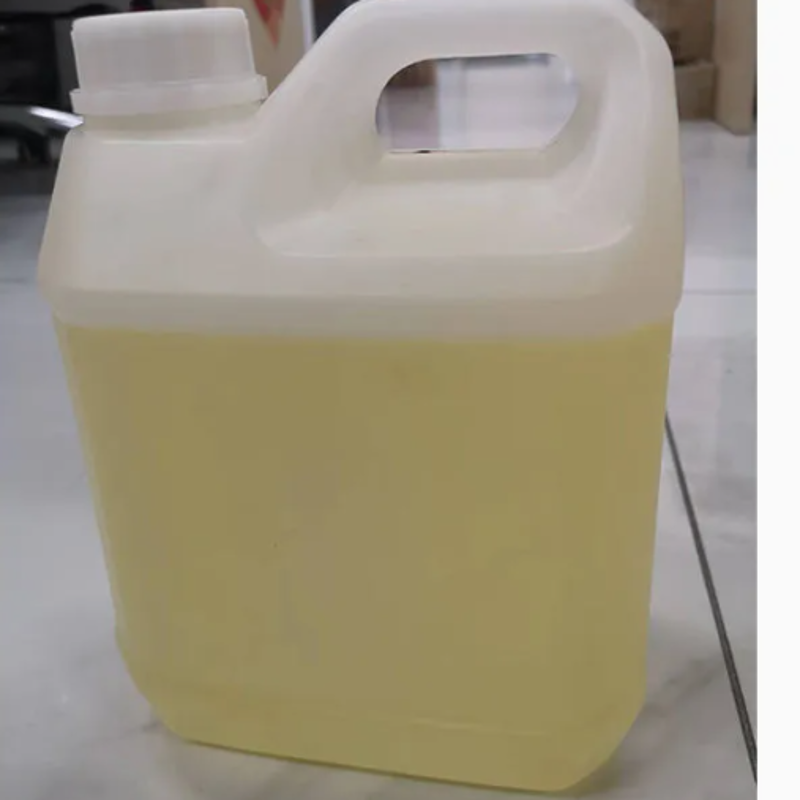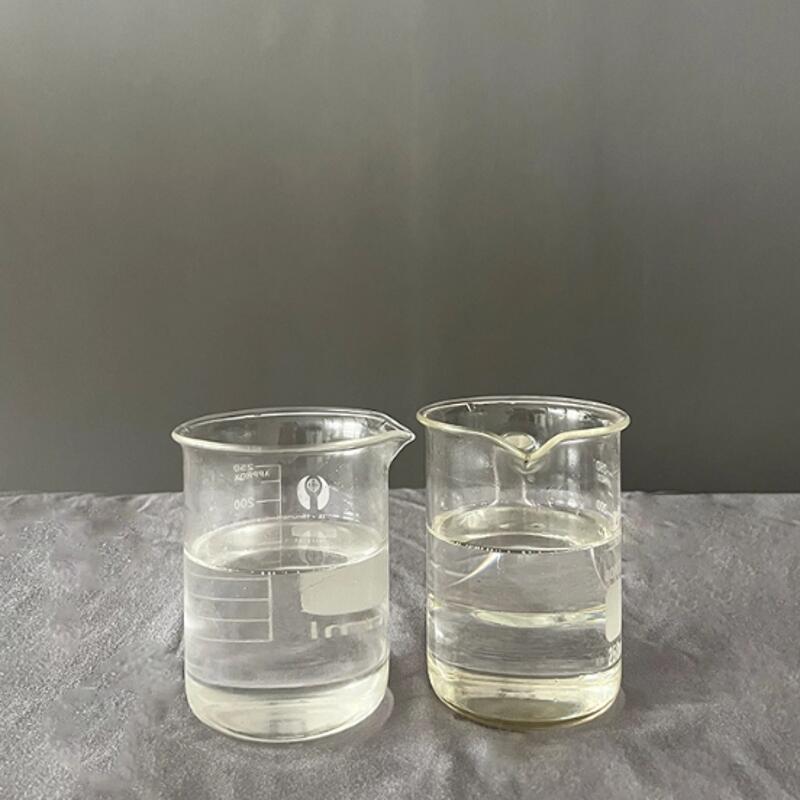-
Categories
-
Pharmaceutical Intermediates
-
Active Pharmaceutical Ingredients
-
Food Additives
- Industrial Coatings
- Agrochemicals
- Dyes and Pigments
- Surfactant
- Flavors and Fragrances
- Chemical Reagents
- Catalyst and Auxiliary
- Natural Products
- Inorganic Chemistry
-
Organic Chemistry
-
Biochemical Engineering
- Analytical Chemistry
-
Cosmetic Ingredient
- Water Treatment Chemical
-
Pharmaceutical Intermediates
Promotion
ECHEMI Mall
Wholesale
Weekly Price
Exhibition
News
-
Trade Service
Recently, the official website of the Ministry of Industry and Information Technology issued a document pointing out that the pace of China's polyglycolic acid (PGA) biodegradable plastics industry is accelerating
.
Product advantages are obvious
Product advantages are obviousPolyglycolic acid (PGA) is an aliphatic polyester polymer material with the smallest unit carbon number, a completely decomposable ester structure and the fastest degradation rate.
It has excellent gas barrier properties, biocompatibility and biodegradability.
sex
.
PGA will gradually degrade after a certain period of use, and eventually become water and carbon dioxide that are harmless to the human body, animals and plants and the natural environment.
Food packaging and many other fields
.
At present, there are few enterprises that have achieved PGA thousand-ton scale production worldwide
.
The production capacity of polyglycolic acid in the United States was built in cooperation between Kureha Chemical Company of Japan and DuPont in 2008.
The production capacity is 4,000 tons per year, and the output accounts for more than 60% of the world's production
.
The rapid development of coal-to-ethylene glycol drives the industrialization of PGA
The rapid development of coal-to-ethylene glycol drives the industrialization of PGAPGA is mainly obtained by the polycondensation of glycolic acid, glycolide, glycolide and other raw materials under the action of catalysts, mainly including the condensation polymerization of glycolic acid (ester) and the ring-opening polymerization of glycolide
.
Glycolic acid is the main synthetic raw material of PGA.
The traditional production process of glycolic acid is the acid hydrolysis method of hydroxyacetonitrile, but its toxicity and high cost make it impossible to realize large-scale production
.
Glycolide is an important monomer for ring-opening polymerization, and methyl glycolate is a new raw material for synthesizing glycolide and polyglycolic acid
.
In recent years, with the rapid development of coal-to-ethylene glycol technology in China, on the one hand, large-scale production of PGA from dimethyl oxalate (DMO) has become a feasible process route
.
By replacing the hydrogenation catalyst of DMO, the production of ethylene glycol can be converted to the production of methyl glycolate (MG) or glycolic acid, and then the production of PGA; Hydrogen can produce methyl glycolate
.
Rapidly growing demand
Rapidly growing demandIt is foreseeable that the development of PGA will accelerate under the circumstance that the demand for degradable plastics increases and the technological bottleneck of raw materials breaks through
.
According to the "2020 Global and Chinese Polyglycolic Acid Industry In-depth Research Report", the global demand for PGA increased from 3,691 tons to 4,645 tons from 2017 to 2019, with a compound growth rate of more than 10%
.
According to "2020-2026 China's Polyglycolic Acid Market Status and Future Development Trends", the global polyglycolic acid market will reach 7.
1 billion yuan in 2019, and it is expected to grow to 10.
2 billion yuan in 2026, with a compound annual growth rate (CAGR) of 5.
3 %
.
The process of industrialization is accelerated
The process of industrialization is accelerated▐ Kureha Corporation of Japan is the first company in the world to mass-produce PGA, and it can be said to be the forerunner of PGA industrialization:
◉In 1995, took the lead in developing PGA industrial production technology;
◉In 2002, a 100-ton/year PGA industrial test device was built in Iwaki City, Fukushima Prefecture, Japan;
◉In 2008, in cooperation with DuPont, we invested 100 million US dollars to build a 4,000-ton/year PGA production unit in the DuPont plant in West Virginia, USA, and built a one-stop production system from raw glycolic acid to PGA resin, and launched it in an all-round way.
Resin products of various uses and grades
.
In recent years, PGA has gradually attracted the attention of domestic companies, and China's coal-based polyglycolic acid technology has also made major breakthroughs, especially the promotion of polyglycolic acid industrialization projects of Inner Mongolia Pujing Polymer Material Technology Co.
, Ltd.
and Tongliao Jinmei Chemical Co.
, Ltd.
Greatly contributed to the growth of global polyglycolic acid capacity and production
.
▐ Shanghai Pujing Chemical Company
◉In June 2015, the developed technology for the production of glycolic acid from oxalate raw materials was industrialized in Tongliao, Inner Mongolia;
◉In 2010, a breakthrough was made in the technology for producing PGA from coal-based syngas;
◉In 2018, the coal-based synthesis gas production PGA project started construction in Baotou, Inner Mongolia, with a production capacity of 10,000 tons per year and a total investment of 550 million yuan.
It is currently under construction
.
▐ Tongliao Gold Coal Chemical Co.
, Ltd.
◉In December 2018, the first batch of products of the world's first 3000t/a PGA plant rolled off the production line in Tongliao
.
▐ National Energy Group Shenhua Yulin Energy Chemical Co.
, Ltd.
◉In April 2020, the 50,000-ton/year PGA demonstration project was approved for filing, with a total investment of 940.
2498 million yuan, and it is planned to start construction in July
.
With the gradual maturity of the domestically developed oxalate raw material production technology for glycolic acid, the production cost and price of PGA will be greatly reduced in the future, and the market application will continue to expand!







